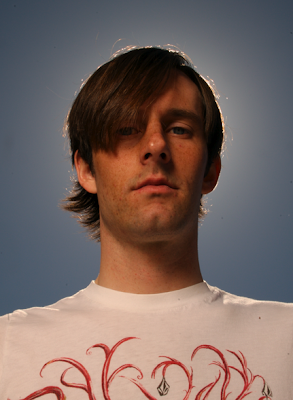Using Fill FlashWhen shooting in a mixed light situation (ambient light + strobe), you will notice that the shutter speed is almost irrelevant. You will get almost the same reading whether the meter is set at 1/500 second or 1/60 second.The meter reads only the output of the strobe (which is approximately 1/3000 of a second). You will only start to see a difference in readings when when the shutter speed on the light meter is set to a much slower speed. At slower shutter speeds, the meter reads both the strobe and the ambient light.
Subjects are in shade, background is sunny. Camera is set to correctly expose background.

Fill flash is added so that Fstop reading meters same on subject as background

Fstop reading meters one stop brighter on subject than background

In the following 2 images, the sun is directly behind the subject's head to create a ring type hair light. The camera is set to properly expose the sky. Fill flash is added to fill in the face. In the top image, fill flash meters the same Fstop as the sky. In the 2nd image, the shutrter speed remains the same, but the flash is powered up so that it meters 1 stop brighter than the sky to make the subject "pop".


Fill Flash is also GREAT for outdoor group portraiture, especially at events like weddings. Set your camera to the meter reading you've taken on the background. Set the power output on the strobe to meter one Fstop brighter than the meter reading on the sky and shoot!

 An Exercise to try on your own:
An Exercise to try on your own:** Remember, the strobe doesn’t care what shutter speed you shoot at
The following is an exercise adapted from
Photographic Lighting by Don Marr
Say you want to take a picture of your friend in a doorway. Your friend is slightly shaded, but the room behind your friend is brighter. You want a good exposure of both your friend and the room behind. The meter says you’d need to shoot the room at 1/15 second at F5.6 to get a correct exposure. If you were to take the picture at this setting, your friend would look dark, but the room would look correctly exposed. So you need to add fill flash. Remember, strobe doesn’t care what shutter speed you shoot at, the meter only reads the flash’s output (Fstop).
Indoors, the light meter will most likely get the same fstop reading from the strobe at 1/250 as it will at 1/30. That’s because at these shutter speeds, the meter is only reading the instantaneous pop of the strobe. You would need to turn the light to a much lower shutter speed to begin to see the influence from the ambient light of the room on your subject.
Set up your strobe so that the output meters F5.6. Start by shooting at 1/250 of a second, and then bracket shutter speeds down to 1/30 (keeping the camera at F5.6). Notice the subject remains relatively the same and the background gets brighter.



























